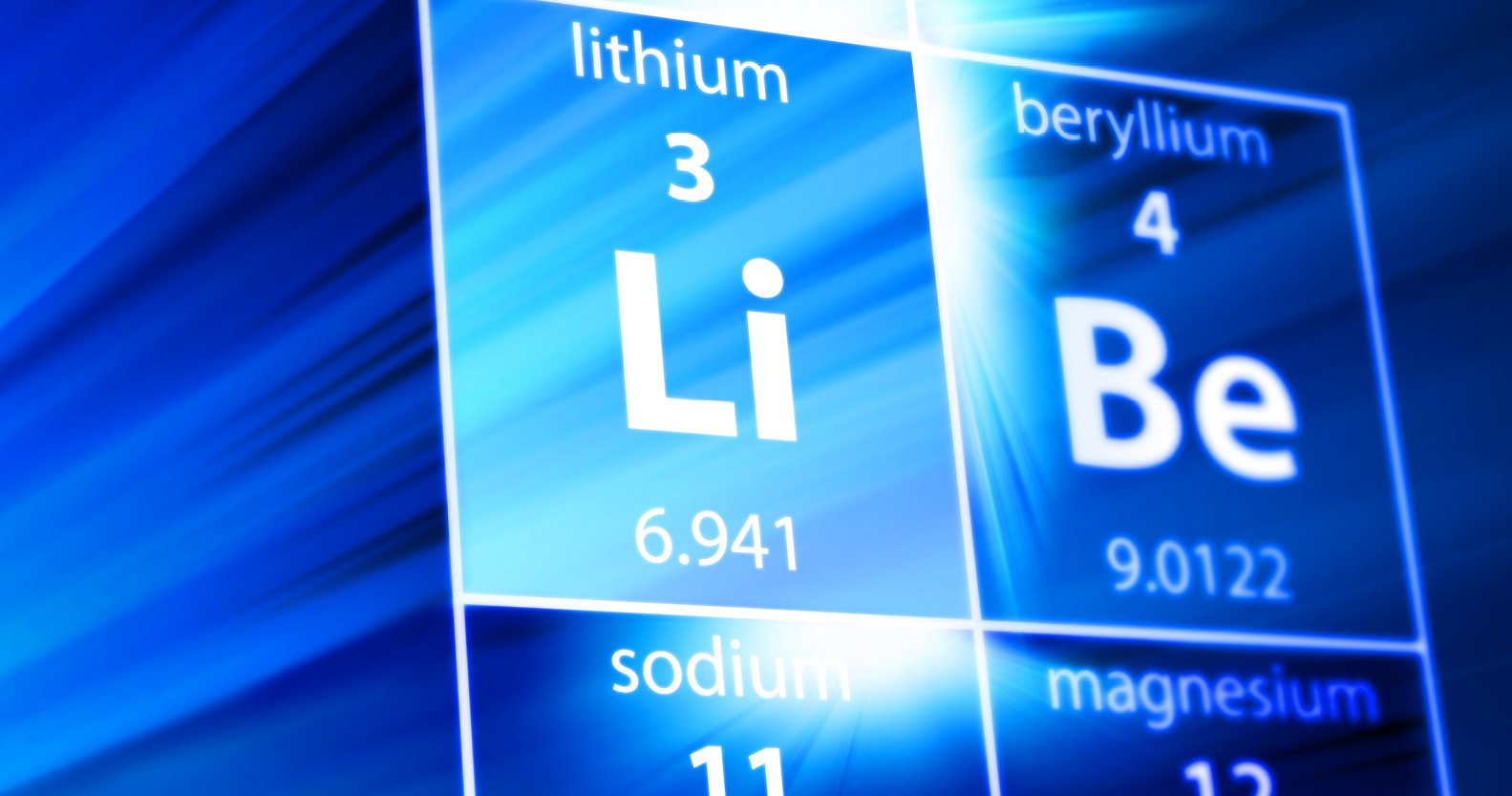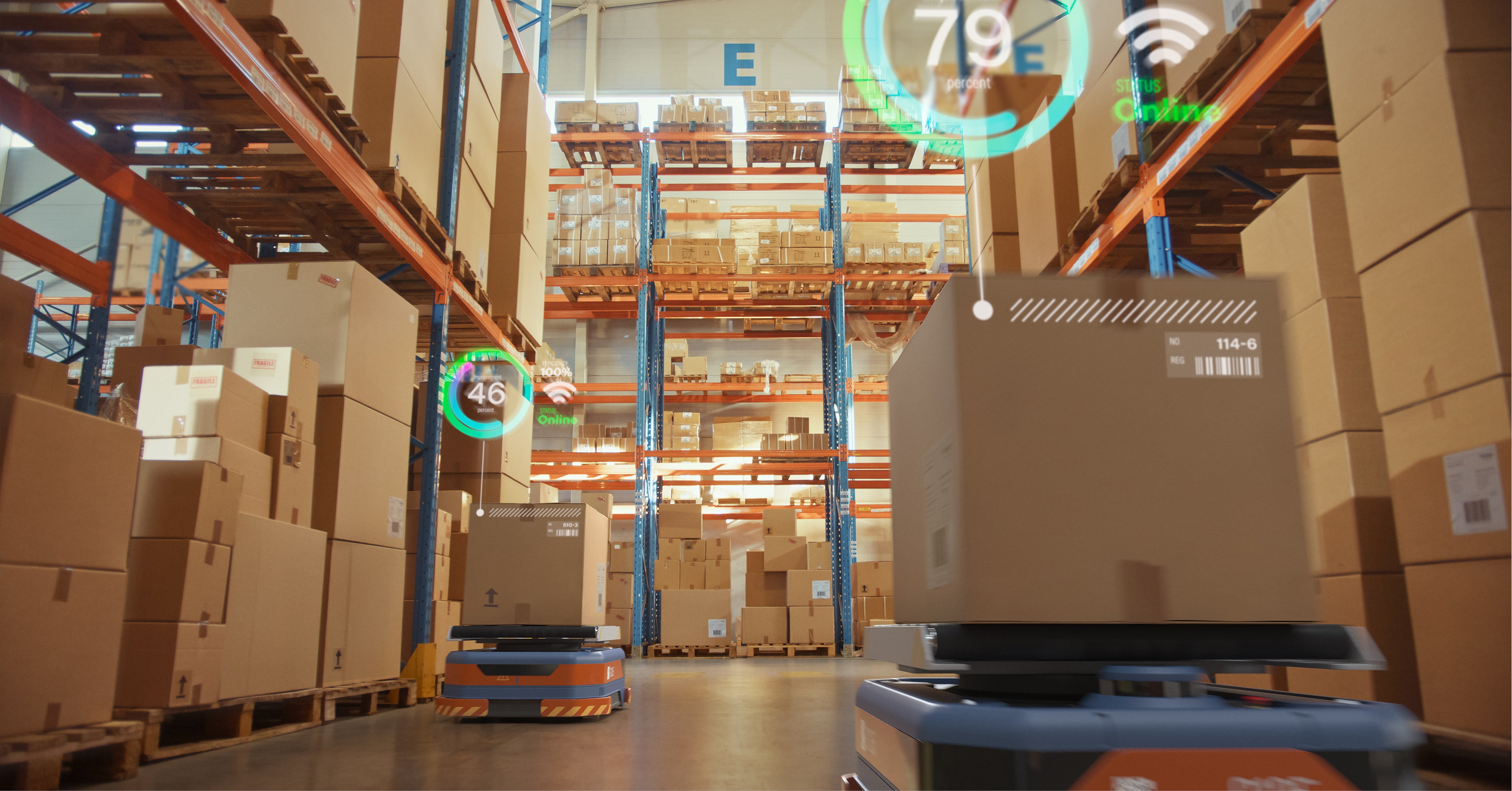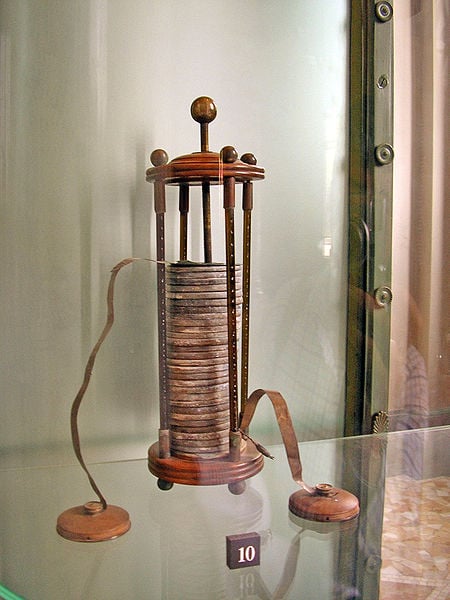I hope you all had a nice National Battery Day”February 18”a day commemorating the birth of Alessandro Volta, a brilliant scientist credited as the inventor of the first electric battery, on that day in 1745.
Of course, since then, battery technology has evolved far beyond what Volta and his contemporaries could likely ever have envisioned, and National Battery Day is as good a time as any to reflect on the enormous value that Volta’s initial innovations have brought to our lives.
Image Credit: Volta battery at the Tempio Voltiano museum, Como (right)
Lithium-ion and an evolution of battery technologies
Commercial-scale rechargeable battery technologies have evolved through a host of ever more powerful chemistries, and Inventus Power and its precursors, have worked with just about every one of them on behalf of our customers over our 60+ years, including Lead-Acid, Nickel Cadmium (NiCad) and Nickel-Metal Hydride (NiMH).
For about three decades now, our focus has been on the leading technology in the industry, Lithium-ion (Li-ion). With their high energy density, Li-ion batteries deliver a combination of benefits to equipment and devices of all kinds, allowing them to work longer between charges, charge faster, achieve lighter weight and smaller size, and more, enabling innovations not possible or practical before. In addition, unlike most legacy battery technology, a Li-ion battery pack is built with a Battery Management System (BMS) which includes onboard circuitry, so applications can be developed that allow the battery to communicate with other aspects of the equipment, for example, providing insights into charge level, battery status and more.
It is important to note that many of these technologies are “catch-alls, not referring necessarily to a single chemistry, and are constantly evolving. For example, lithium-based battery chemistries include lithium iron phosphate (LFP), lithium nickel manganese cobalt (NMC), lithium nickel cobalt aluminum (NCA) and lithium titanate oxide (LTO). In general, different “tweaks of the anode, cathode, electrolyte and other materials and aspects of battery design are allowing Li-ion batteries to deliver some 5% more energy density every year, further widening the gap between it and other technologies.

The first Lithium-ion battery was commercialized in the 1990s by Sony, specifically for their camcorder line, making those then-revolutionary devices lightweight and long-lasting enough to be practical for consumers. Sony’s now retired CTO Yoshio Nishi”a hero to many of us in the industry”and his team were instrumental in bringing the technology to market. In 2019, three scientists were recognized for their independent foundational work in developing the early technology, with John B. Goodenough, M. Stanley Whittingham and Akira Yoshino being awarded the Nobel Prize in Chemistry.
Lithium-based batteries”continually enabling new and better things
Like the camcorder, having a stored energy technology available that allows devices and equipment to be lighter and longer lasting, among other attributes enables innovative product designers and inventors to develop valuable new products that might have been impossible or impractical before. I like to say “from camcorders to cars, and that evolution is amazing as electric vehicles are now able to travel for hours on a charge. And, in-between, ubiquitous tools such as mobile phones and laptops would not have the functionality and operating life they do today if not for ever-increasing capabilities of Li-ion batteries. I mean, remember the first “car phones? They provided about 30 minutes of use between recharges, weighed several pounds and were as big as your arm”not the kind of thing you wanted to carry around in your pocket!
But those are only a fraction of the innovative products that Li-ion batteries are enabling today. A few other examples:
- Smaller, lighter weight home medical devices are vastly improving the quality of life for patients. For example, an electric heart pump used to be a temporary solution while the patient waited for a heart transplant. But the Li-ion battery has helped make the device so small, convenient and mobile that many patients are finding that their quality of life is good enough without taking the risk of the heart transplant. Another example is seen in patients who require oxygen therapy. Lithium-ion battery technology has enabled the development of portable oxygen concentrators, which allow people to live a life outside their homes since they are no longer restricted to a wall outlet.

- Battery-powered equipment including lawnmowers, autonomous mobile robots, floor scrubbers, and forklifts are seeing much longer life, enhancing productivity in factories. In the case of Li-ion powered zero turn mowers and with their ability to keep cutting for hours on a single charge, landscapers can convert from gasoline and start earlier without getting on the wrong side of noise ordinances. This will also keep their carbon footprint far lower than with polluting gas equipment.
.jpg) Image Credit: Gravely
Image Credit: Gravely - In the military, warfighters are able to complete many missions without stopping to recharge batteries, as well as not being hampered by excess weight on their persons or in their vehicles.
 Image Credit: U.S. Department of Defense, Marine Corps Chief Warrant Officer Bobby Yarbrough
Image Credit: U.S. Department of Defense, Marine Corps Chief Warrant Officer Bobby Yarbrough
- In warehouses, fast-charging Li-ion batteries are making fleets of robotic pickers and other autonomous vehicles practical and profitable. In fact, with the batteries’ onboard electronics, the vehicles can often know when to go charge themselves, and, with the most advanced technologies, do so in a matter of minutes!

A day to recognize battery’s impact on our lives
Batteries have continued to improve our lives in many ways, and we at Inventus Power are proud of our role in helping many innovative companies apply the latest battery technologies to cutting-edge innovations”whether life-saving, productivity-enhancing, or just fun.
What will the future bring? As I said, we have every battery technology to meet any need in our portfolio, and while Li-ion has been the clear leader in most modern applications, we are always keeping our eye on the next possibilities such as Silicon, Solid State, and Sodium Ion.

Chris Turner
Chief Technology Officer
If you want to innovate your product by converting from gasoline, or upgrading onboard battery capabilities”gaining longer life, faster charging, reduced weight and more, contact us. We can help, and we want to partner with you.
